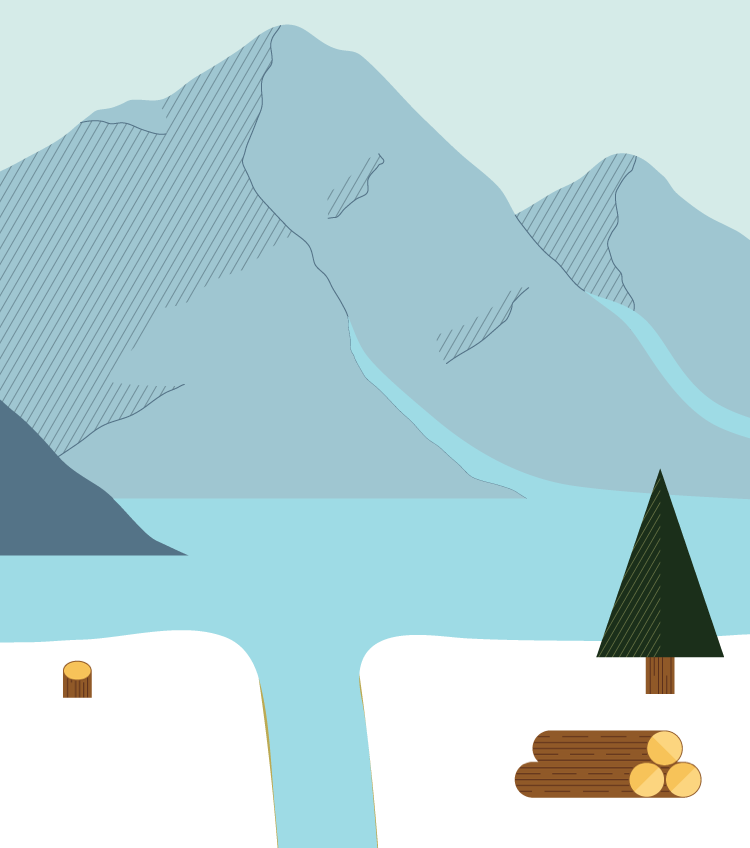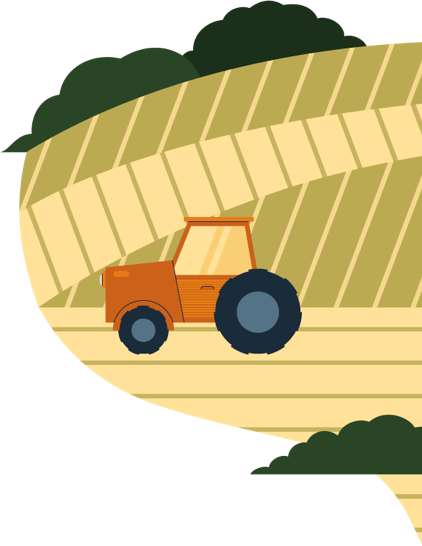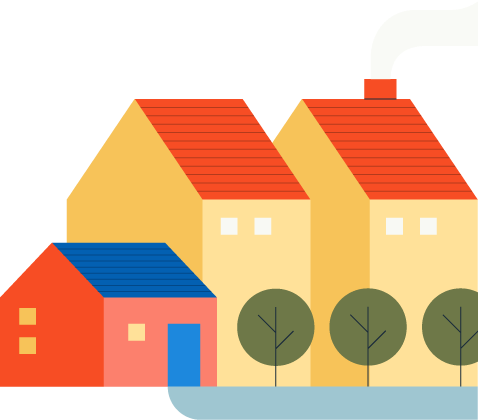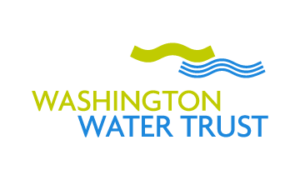Washington’s Water
Is there enough?
Abundant, clean freshwater is essential to Washington’s people, communities and environment. It is also a limited resource. Commonly thought of as a water-rich state, Washington’s freshwater is at risk from overuse, climate change and increasing demand.
What's Impacting our Freshwater?
Fall - Winter
Heavy rainfall feeds our rivers and streams, and snow and ice accumulates in the mountains.
Higher temperatures cause less rainfall in the lowlands and less snowfall in the mountains, reducing the snowpack.
Spring - Summer
The snowpack melts to feed our rivers and streams when rainfall is scarce.
Increasing temperatures melt snowpack, reduces supply to our rivers and streams, and leads to drought-like conditions.
Balancing Growing Demands
It’s About Trade-Offs
Population
Farming
Fishing
Public Health + Safety
Recreation
Wildlife
Population
Washington’s population grew by 13% in the past ten years—and is expected to grow another 13% in the next tenyears—meaning more people need more water than ever before.
Farming
Farmers need water to irrigate their crops
Fishing
Washington’s population grew by 13% in the past ten years—and is expected to grow another 13% in the next tenyears—meaning more people need more water than ever before.
Public Health + Safety
Municipalities depend on water for drinking, sewers, fighting fires, providing power, and many other things
Recreation
People rely on water for outdoor recreation
Wildlife
Fish and wildlife need water for healthy habitat
Putting Water Back Into Our Rivers and Streams
Land & Water
It's All Connected
Farms & Fish
Cities & Communities
Putting Water Back Into Our Rivers and Streams


Land & Water
It's All Connected

Farms & Fish

Cities & Communities


Learn more about what we do.
Our Focus Areas
There is no one-size-fits-all solution to restoring Washington’s rivers and streams. That’s why we work hand-in-hand with partners throughout the state to craft creative solutions in the following four key areas.
Rivers We Restore
Since 1998, we have worked across the state from the San Juan Islands to the Palouse restoring water to thousands of river miles in more than 50 rivers and streams.
